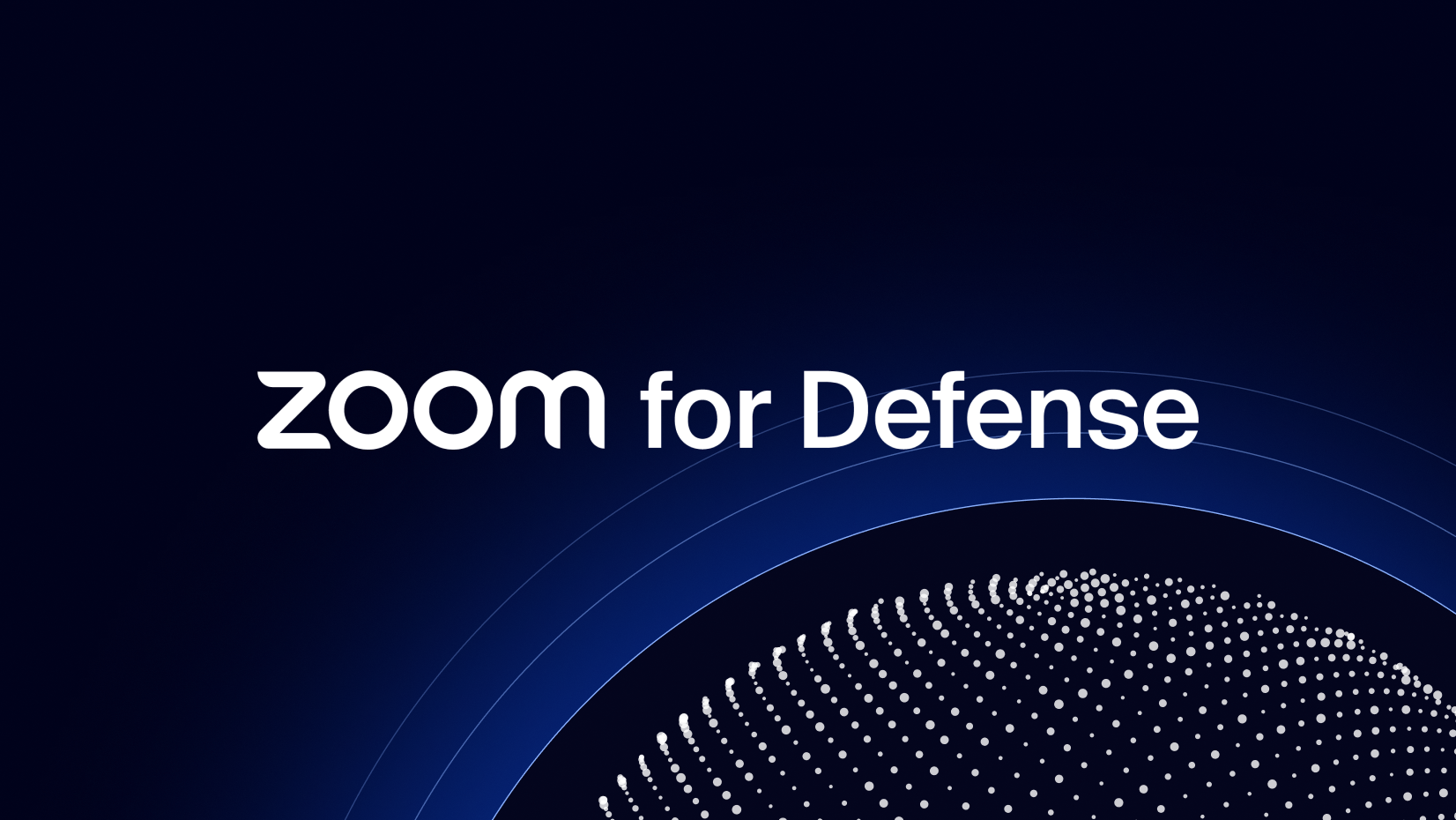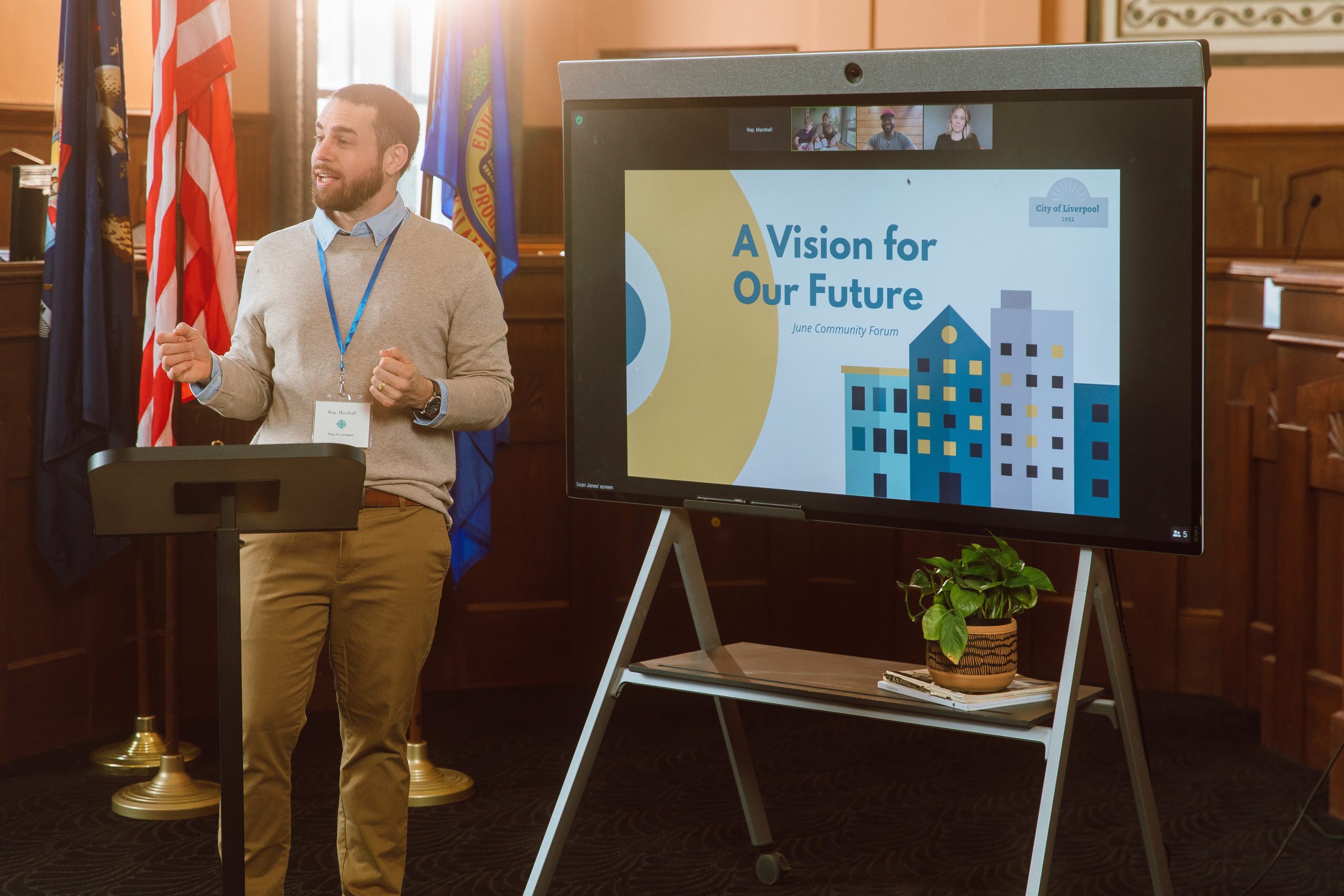Collaboration technology isn’t there to just keep the lights on anymore, Matt Mandrgoc, Zoom's head of U.S. public sector, reflected during the government keynote. What started as a solution for continuity during the pandemic has contributed to what is now a fundamental shift in how people work, making an intuitive, scalable, and secure communications platform a new mandate for agencies.
Public sector organizations need to adapt their work environment to the current needs of both their workforce and the public, while still adhering to relevant standards and providing adequate security controls. Zoom for Government does that, and then some.
Here are just a few recent examples of how we support your modern mission:
- Zoom for Government has attained relevant authorizations, attestations, and certifications, including FedRAMP, IL4, StateRAMP, and CJIS. The entire list can be found here.
- Zoom Phone’s flexibility and reliability enable workforce agility.
- Our security controls continue to expand, including the recent release of end-to-end encryption for Zoom Phone.
- We address physical safety requirements through features such as nomadic E-911, which can help with addressing Ray Baum’s Act.
- We want government communications to be available for everyone, and have built accessibility features such as spotlight and multi-pinning or auto-generated captions.
And many more.
While Matt spoke to current initiatives, our own Lance Ford, specialist sales strategy lead, hopped on the keynote to put some use cases into practice via hardware. From smart conference rooms to digital signage to using Zoom Phone appliance for E-911 and compliance with Ray Baum’s Act, he demonstrated how Zoom-enabled devices can play a seamless and integral role in creating a visual snapshot of what’s going on in your government workplace.
Rob Lloyd, deputy city manager, was able to join us again for our keynote and provided an update on where the City of San Jose is at in its efforts to operationalize a digital workforce and public. “Now, we have to create culture in new ways — we don’t have the hallway setting anymore, so we have to find new ways to build bonds,” Rob noted. To create that culture, Rob said his team is using Zoom to identify avenues for brainstorming, asynchronous collaboration, connection-building, and more.














